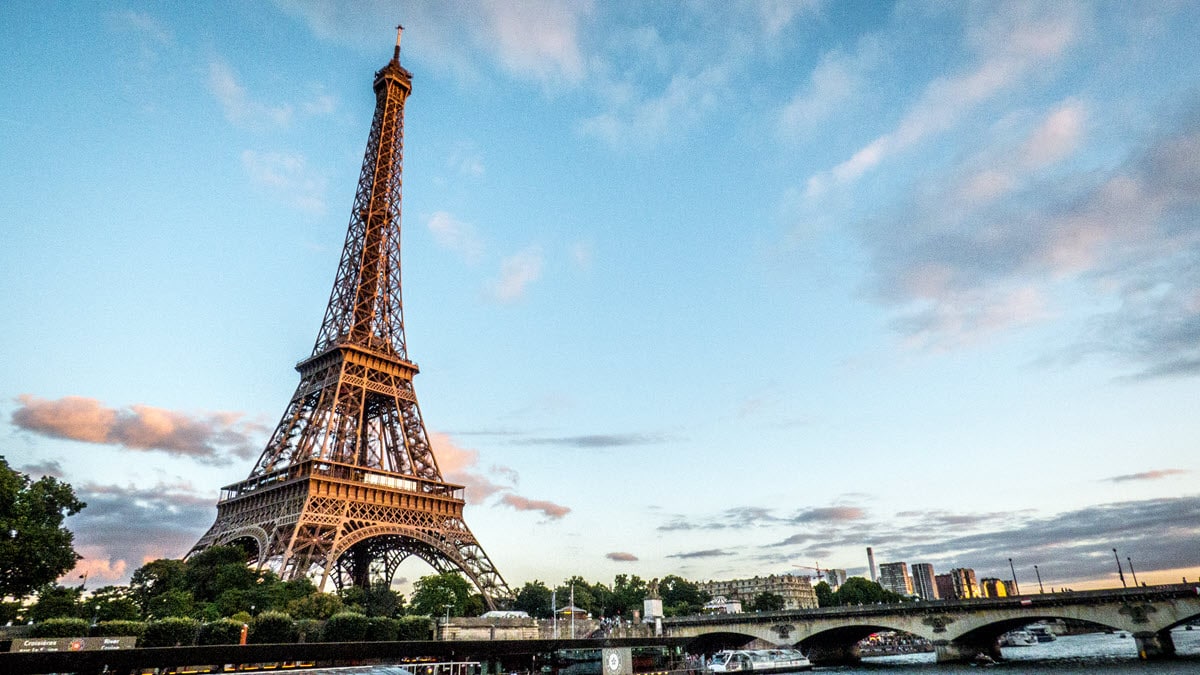France is a country in Western Europe that covers an area of 551,500 km2 (212,900 sq mi). This makes France the largest country in the European Union by surface area. However, few people know that France still has overseas territories today. These territories include Guadeloupe (Caribbean), Martinique (Caribbean), French Guiana (South America), Mayotte (Indian Ocean), and Réunion (Indian Ocean).
France is known for its capital beautiful capital Paris, the imposing Castle of Versaille, the iconic Eiffel Tower, and many other architectural gems that makes this country one of the world’s most visited. It’s also home to some of the best cuisine, champagne, and wine in the world.
Paris
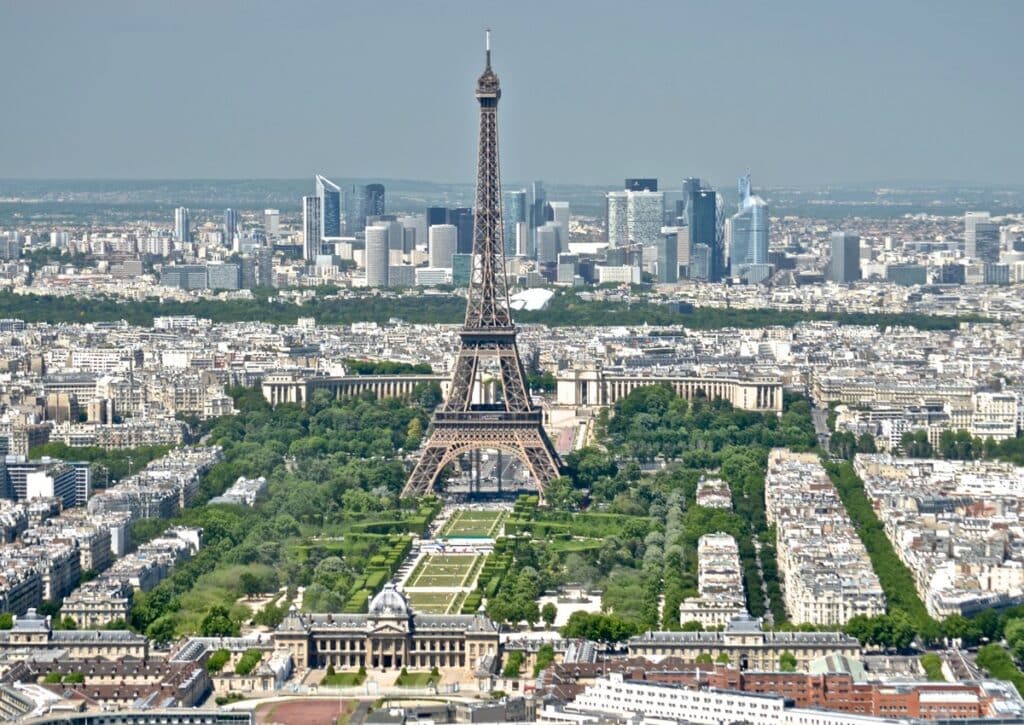
You’ll always find Paris in the list of top 10 cities to visit in the world. It’s a cosmopolitan city filled with world-class art, architecture, and cuisine. The city is divided into different neighborhoods (quartier) each with its own distinct charm.
Some of the first neighborhoods that tourists visit include the Latin Quarter with its labyrinth of medieval streets, the fashionable main street Champs-Élysées and Montmarte with its Bohemian charm.
You can spend months in the city and still be in wonder of its charm and with over 130 museums you will never run out of things to do.
The Eiffel Tower
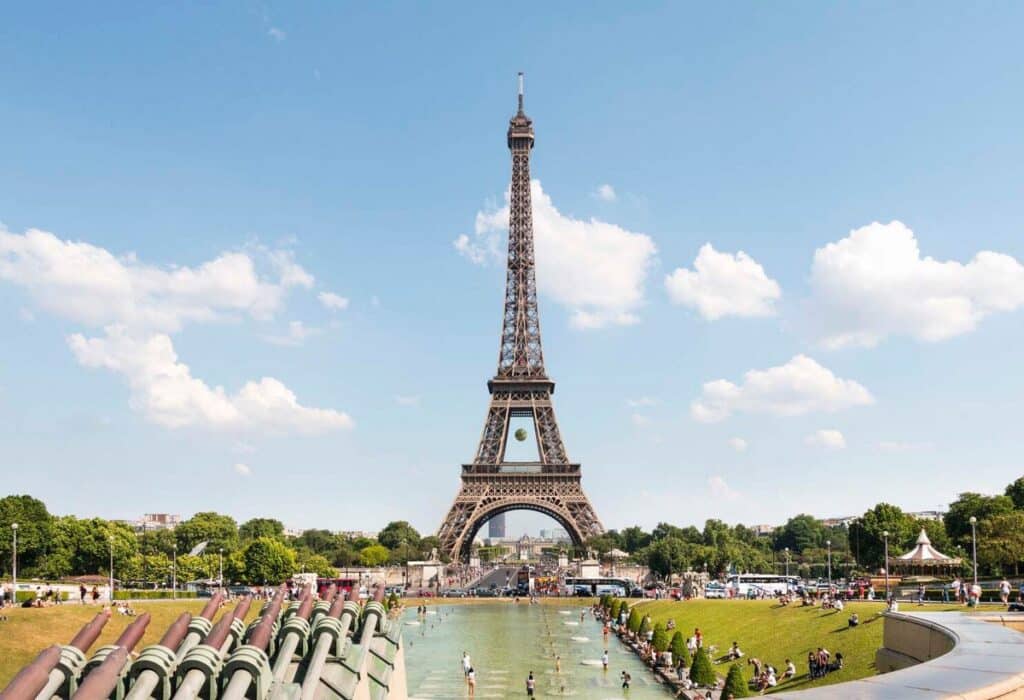
The Eiffel Tower is without a doubt the symbol of Paris. The iron structure standing tall at a height of 330 meters (1083 feet) was completed in 1889. It was built for the Exposition Universelle (world fair) to commemorate the 100-year anniversary of the fall of the Bastille and the start of the French Revolution.
Today you can still visit this famous landmark. While a lift is available you can also choose to take the 674 steps from the bottom of the tower up to the second floor. In total there are 1665 steps from the esplanade up to the top of the Eiffel tower.
The Palace of Versailles
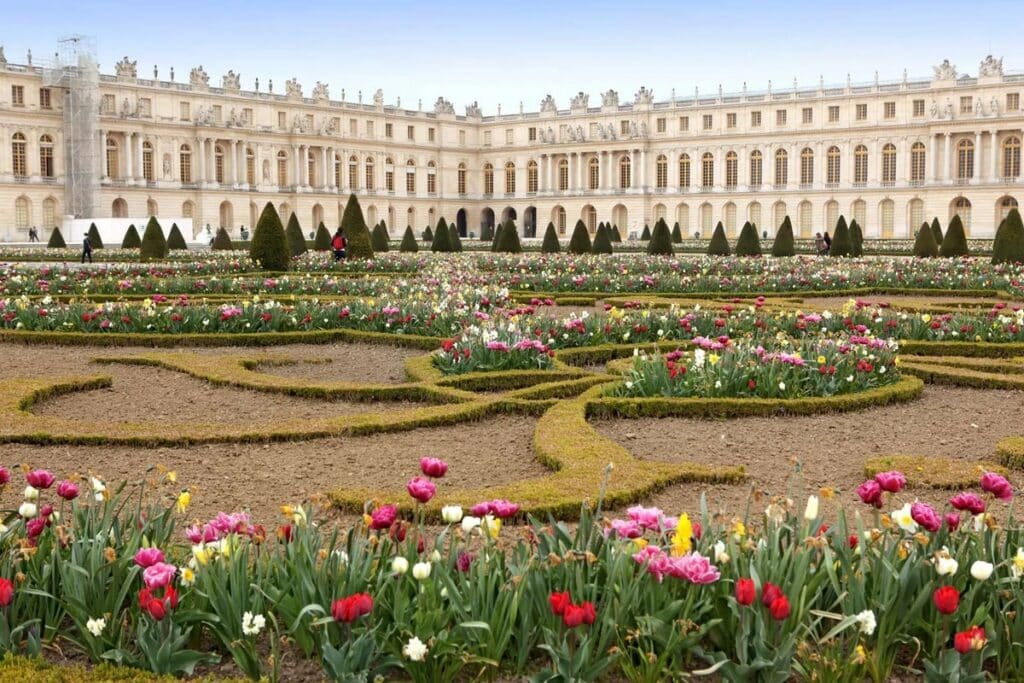
This breathtaking palace started out as a modest hunting lodge in 1624 and slowly became more elaborate over the years. Today, most people instantly connect the palace with Marie Antoinette, the queen that was beheaded during the French Revolution.
The palace is not far from Paris making it an ideal day trip. It’s most well-known for its pristine gardens and the famed Hall of Mirrors.
The Louvre Museum
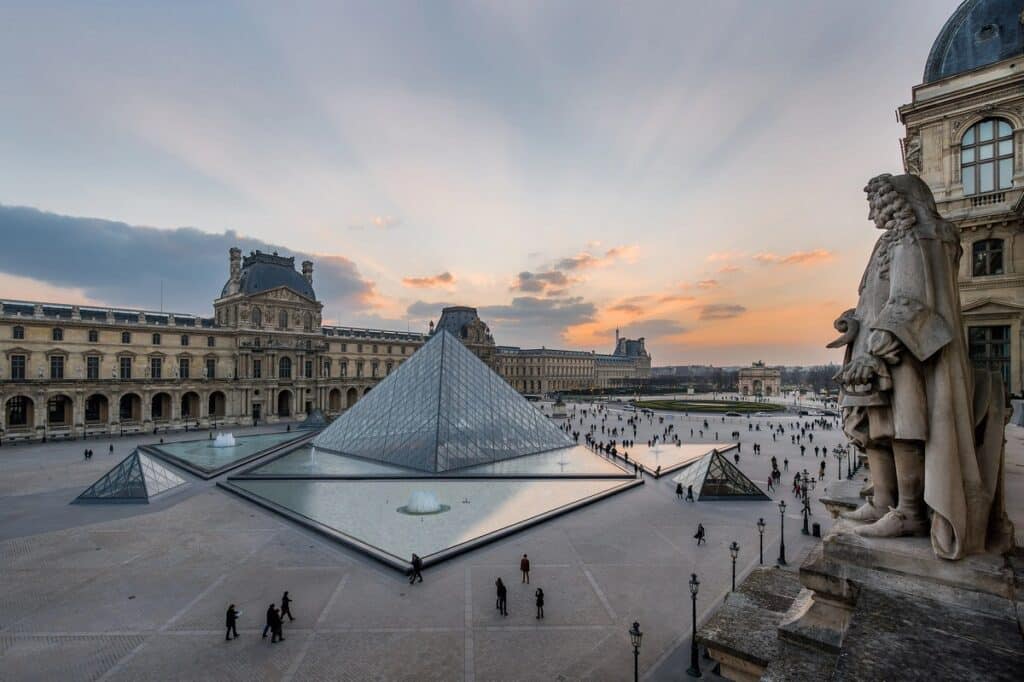
The Louvre Museum is an iconic landmark in Paris and the world’s most-visited museum. It’s home to some of the most well-known works of art such as the Venus de Milo and the Mona Lisa.
On average there are always about 38 000 objects on display that range from prehistory to the 21st century. The display area covers an area of 72,735 square meters (782,910 square feet).
The museum is housed in the Louvre Palace, a previous royal residence of French Kings. The museum first opened on 10 August 1793 with an exhibition of 537 paintings.
Arc de Triomphe
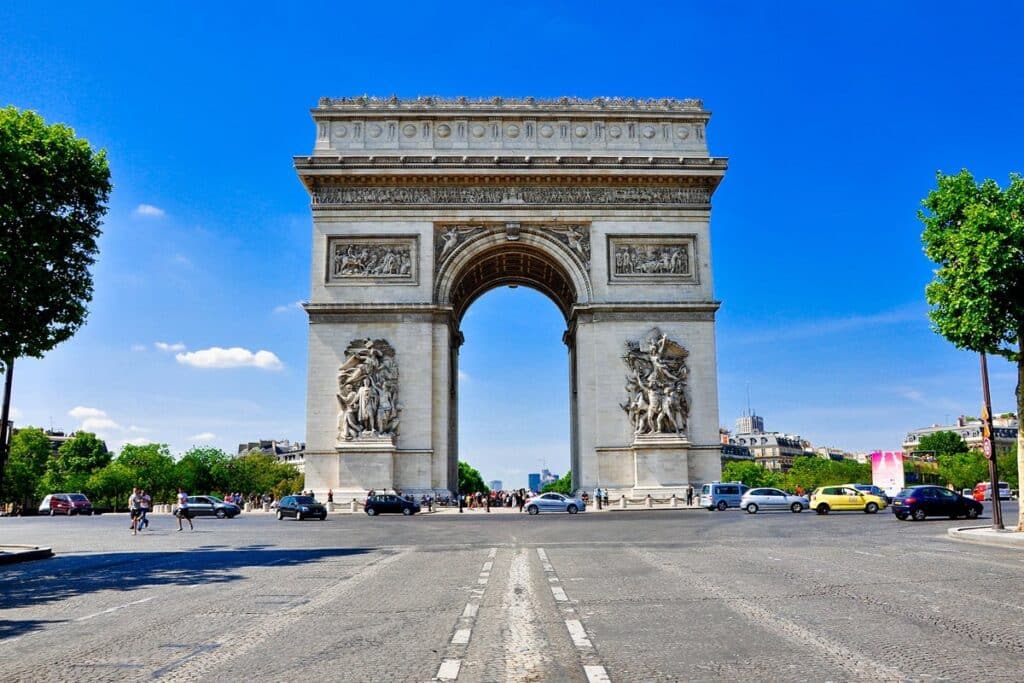
The Arc de Triomphe de l’Étoile is one of the most well-known monuments in Paris. Napoleon I ordered the construction to begin in 1806 to honor the victories of his army.
You’ll find the names of battles and generals from the Revolution and the First Empire inscribed on the monument.
Every evening the fire is lit on the tomb of the Unknown Soldier that perished in the Great War. You can climb to the top of the monument where you’ll be treated to spectacular views of the city’s sweeping avenues.
Champs-Élysées (Avenue des Champs-Élysées)
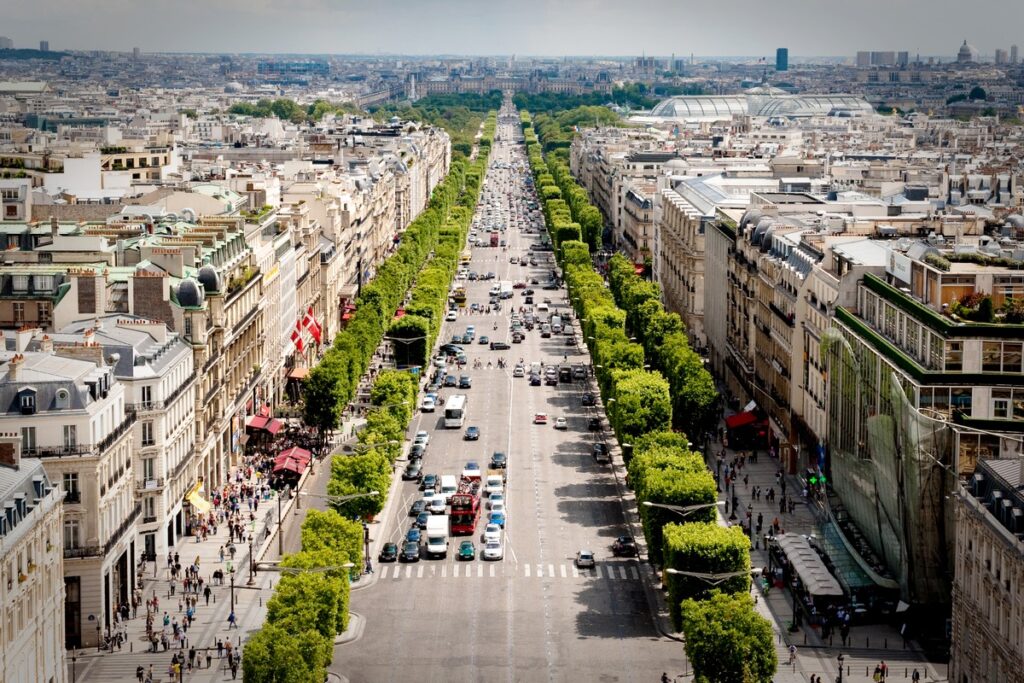
This famous avenue in Paris almost doesn’t need an introduction. This 2 kilometers (1.24 miles) avenue has been described as the world’s most beautiful avenue. About 300 000 people come here every day to shop or simply to soak up the buzzing atmosphere.
It’s the place in the city to head to for shopping, although the items here tend to come with a hefty price tag. Most tourists come here just to see what’s going on and indulge in some window shopping of renowned French brands.
Moulin Rouge
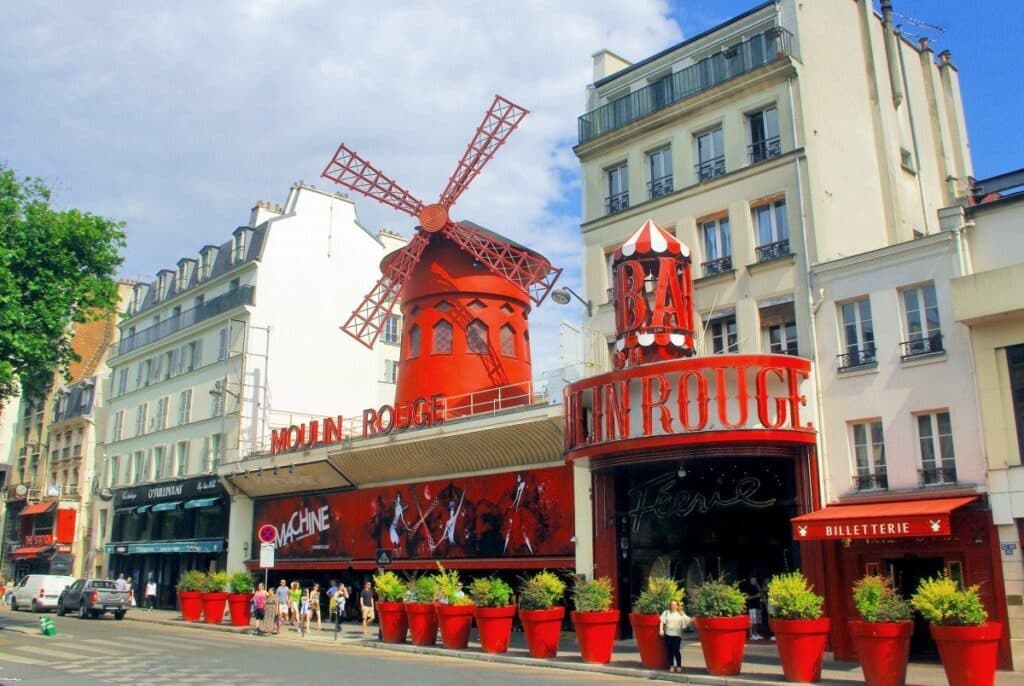
The Moulin Rouge in Paris owes much of its fame to the fact that its the birthplace of the modern form of the can-can dance. While the dance was originally meant to be a seductive dance by sex workers that catered to the rich, it evolved into a form of entertainment that ultimately led to the introduction of cabarets across the continent.
The Moulin Rouge first opened its doors in 1889 and today you can still visit it to enjoy the daily shows.
Normandy
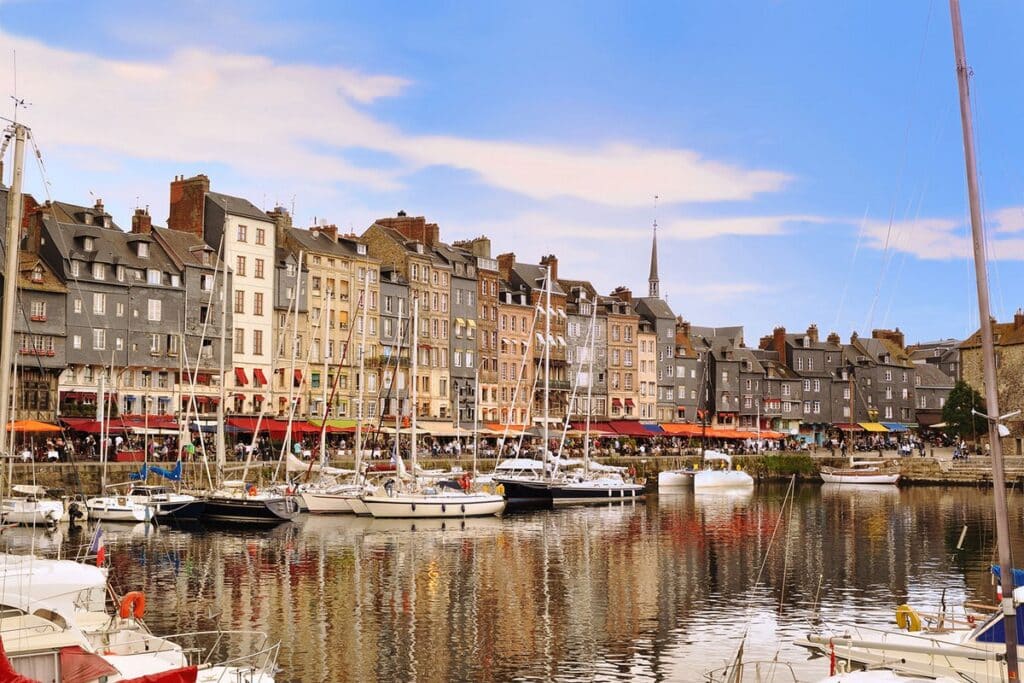
History defining moments played off in Normandy, so if you are a history buff this is probably already your top attraction in the country.
Normandy is a region in Northern France and is most known for its WWII beachheads and white-chalk cliffs. This region included Omaha Beach which was the site of the famous D-Day landing.
If you are in the region, head to the city of Rouen where the Catholic saint Joan of Arc was executed in 1431.
Mont St. Michel
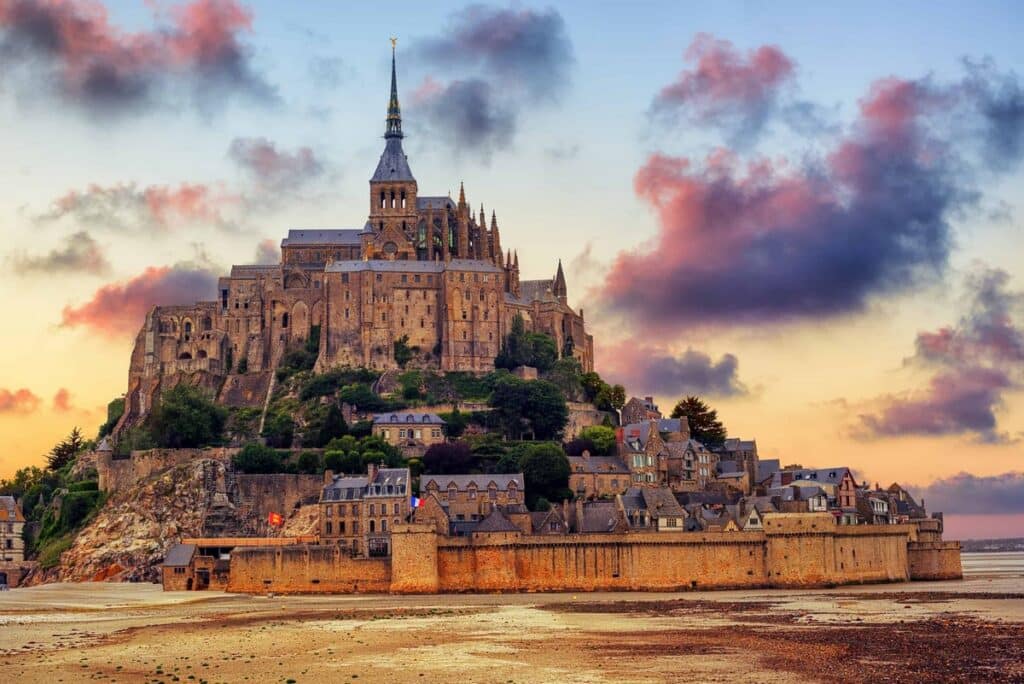
You’ve probably seen the breathtaking site of Mont St. Michel somewhere without realizing where it was. It’s a small tidal island located close to the Normandy coast.
The old Norman Benedictine Abbey of St Michel is still in pristine condition. It stands at the peak of the little island surrounded by small streets and medieval architecture. The mainland is connected to the island by a causeway.
It’s one of the most romantic destinations in the country that you can’t skip out on if you are in the region.
French Riviera
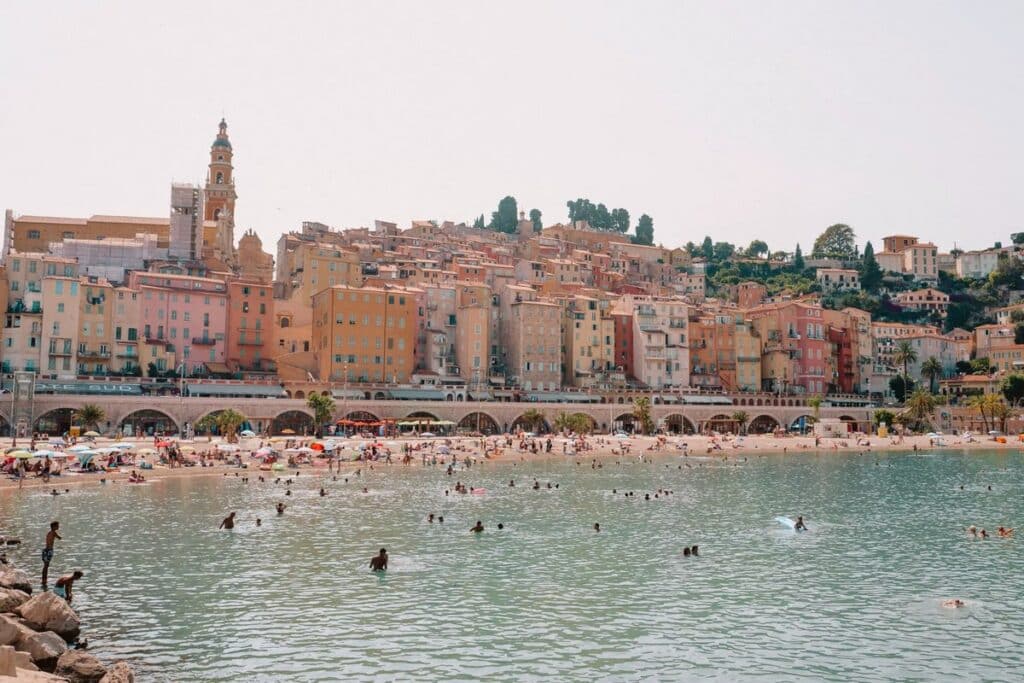
The French Riviera is also known as the Côte d’Azur by locals. It’s a long stretch of Mediterranean coastline known for its beautiful and glamorous villages and the azure-blue water. Thanks to being so far South, visitors can expect sunny weather for the most part of the year.
The French Rivera starts from Saint-Tropez to Menton. The area has something for everyone ranging from top art museums to palm-fringed boulevards. Many tourists base themselves in the city of Nice and undertake day trips from there.
Marseille
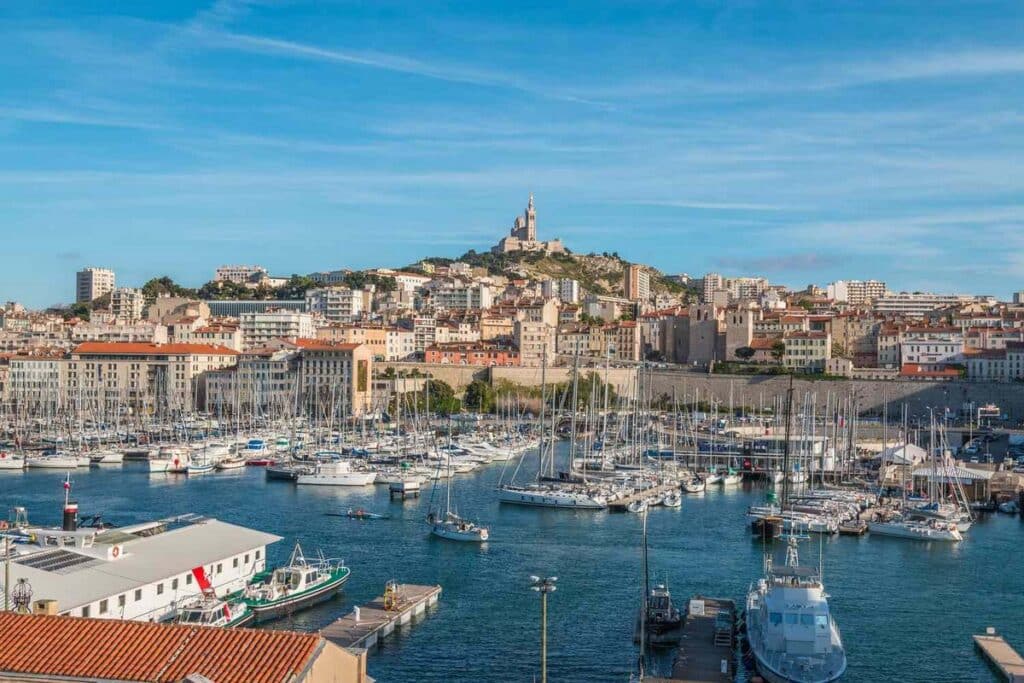
Marseille is a port city in the South of France. Port cities are usually known to be more cosmopolitan and a melting pot of culture and Marseille is no different.
It’s the port closest to Africa and the African influence can certainly be felt in this French city. The most notable influence is on the food. The city has become famous for its North African cuisine served with a French twist.
The city also has beautiful beaches and overall makes for a more affordable destination than other coastal cities in the South like Nice.
Bordeaux
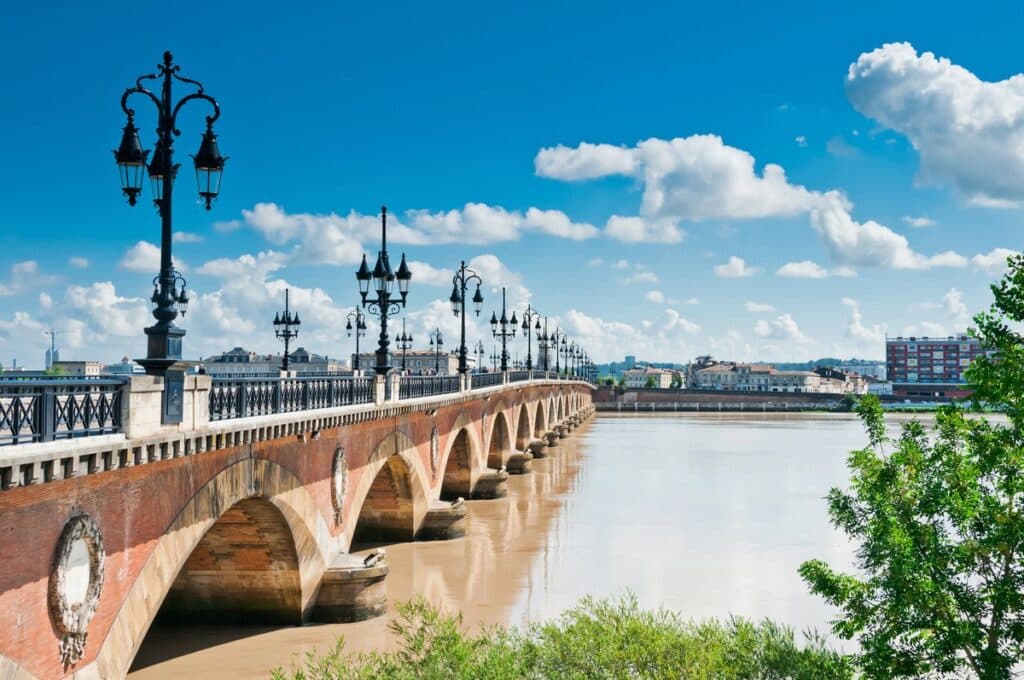
The Bordeaux region is renowned for its incredible wine, especially red wine. The elegant city of Bordeaux is classified as a UNESCO World Heritage Site making it the most extensive urban environment to be classified as such.
The city itself has more than 350 buildings that are classified as historical monuments. When visiting take a stroll next to the Garonne River and enjoy one of the numerous cruises on offer to appreciate the city from a completely different vantage point.
Lyon
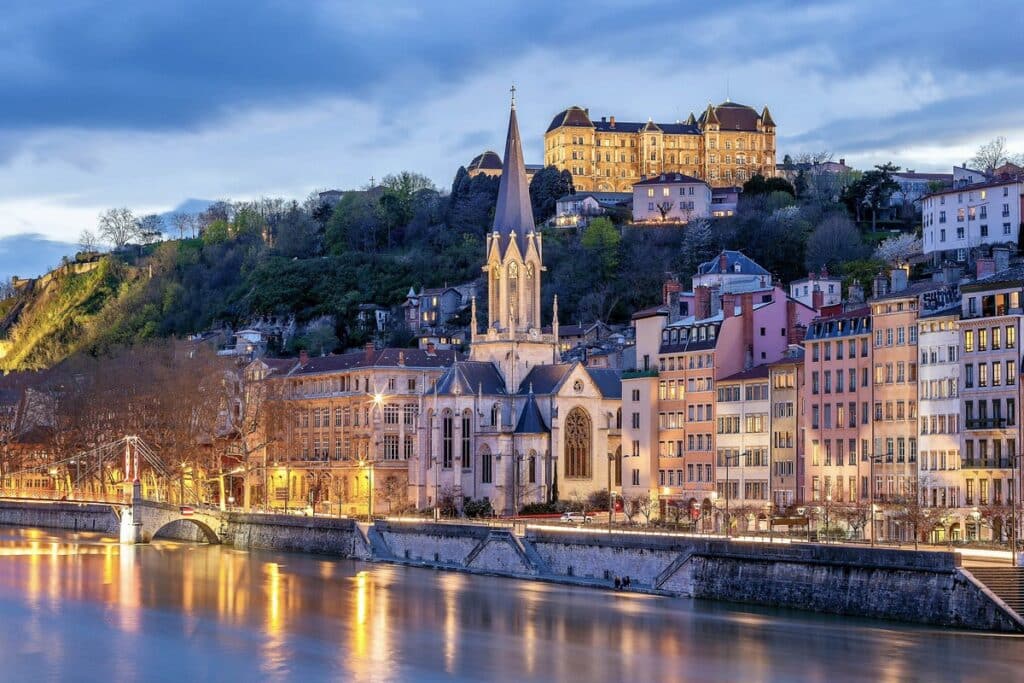
The most beautiful part of Lyon is its Old Town, known as the Vieux Lyon by locals. This area is the largest Renaissance district in the city and perhaps even in Europe.
You can get lost in the narrow little streets with beautifully preserved buildings. These buildings now house restaurants, museums, and lovely independent boutiques.
Mont Blanc
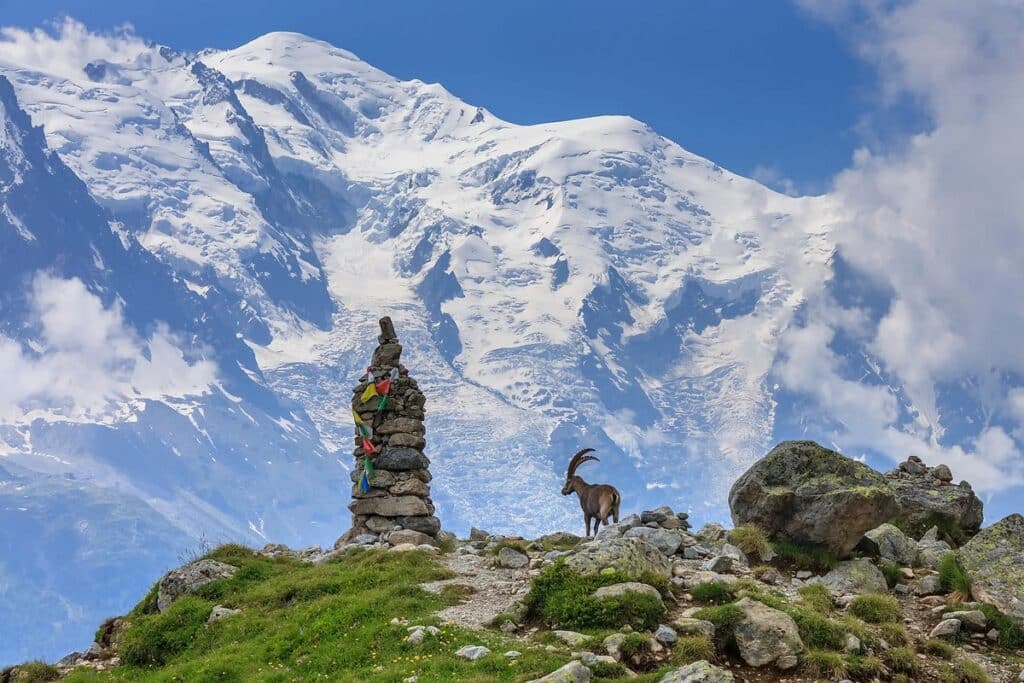
Mont Blanc is the highest mountain on the continent standing tall at 4810 meters (15780 feet). It’s part of the French Alps, one of the most popular destinations in France both in summer and winter.
The area is home to many of the country’s top ski resorts for snowboarding, Alpine skiing, and cross-country skiing. In the summer the area offers ample opportunities for cycling, hiking, and mountain climbing.
Cannes Film Festival
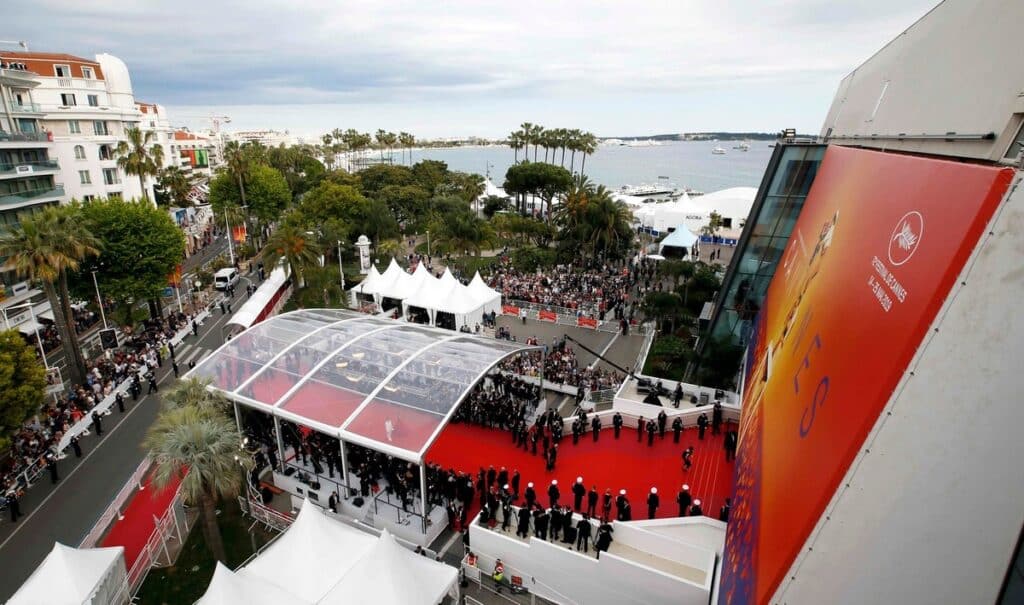
Every year in May the world’s brightest stars from the movie industry gather in this beautiful city for the Cannes International Film Festival. While the screenings are not open to the wider public, you can wait with the rest of the fans to get a glimpse of your favorite stars as they enter the film venues.
Moreover, just spending time in Cannes during this time you’ll most likely see come celebrities dining out or shopping.
Champagne

The champagne wine region is one of the most prestigious regions, not only in France but in the world. Champagne can only be called champagne if it was produced in this region. So if you are a sparkling wine lover, wine tours in this region should be right at the top of your list of to-dos in France.
Provence
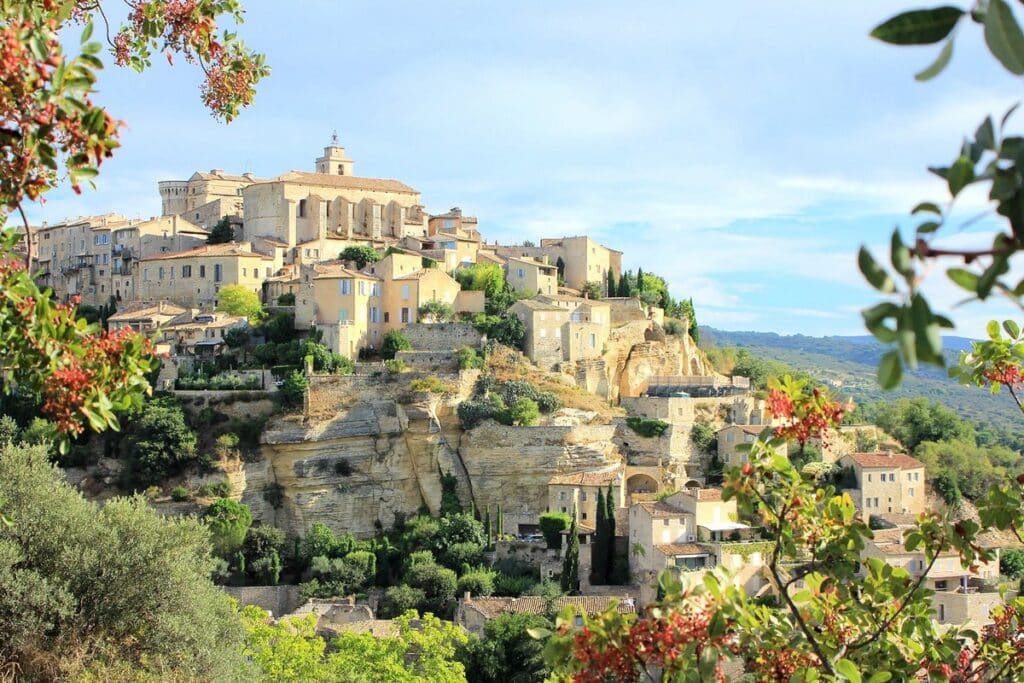
If you visit Provence you can’t help but be charmed by the rural area and its earthy appeal. The area is sunny for the biggest part of the year and the rolling hills and lavender fields are simply enchanting. It’s no surprise that the Impressionist painters flocked here for inspiration.
Travelers go here to visit quaint little villages located on the hilltops of Provence and enjoy the delicious local cuisine. Two popular destinations are Gordes and Saint-Paul-de-Vence.
Strasbourg Old Town
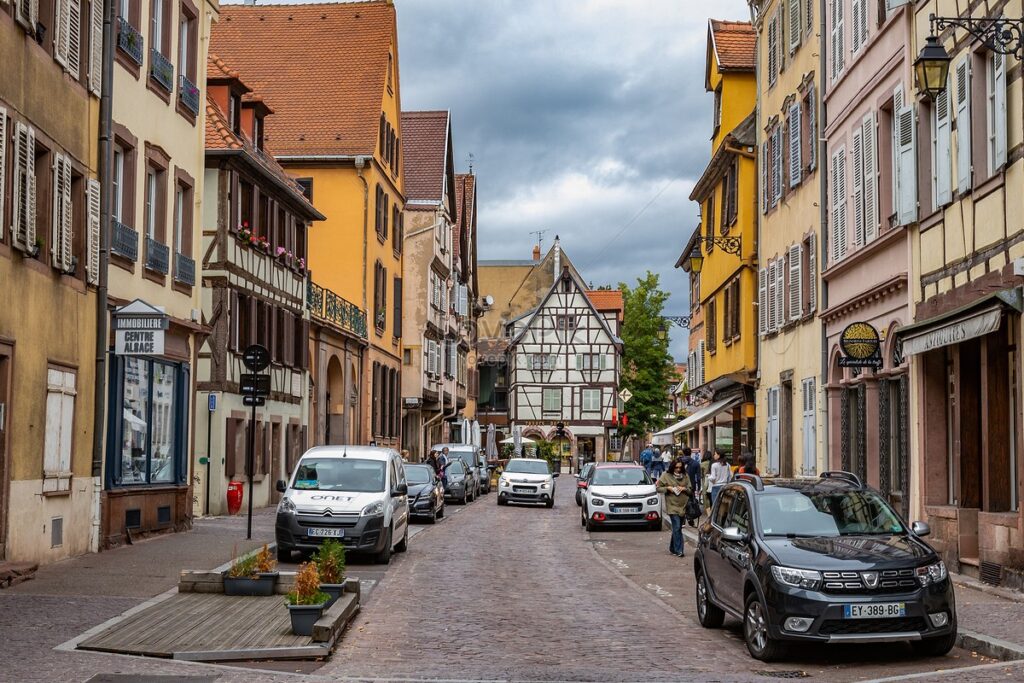
The Old Town of Strasbourg is like something right out of a fairytale. It’s a lively city full of operas, events, museums, and festivals. Don’t miss out on the House Kammerzell, the Covered Bridges, and the island of Petite France.
The town’s gem is the Cathédrale de Notre Dame de Strasbourg. Not only a stunning building, but it’s also the tallest medieval building in Europe today. The church also houses an imposing astronomical clock dating back to 1842. You can climb up to the top to be treated to incredible views of the countryside.
Lourdes
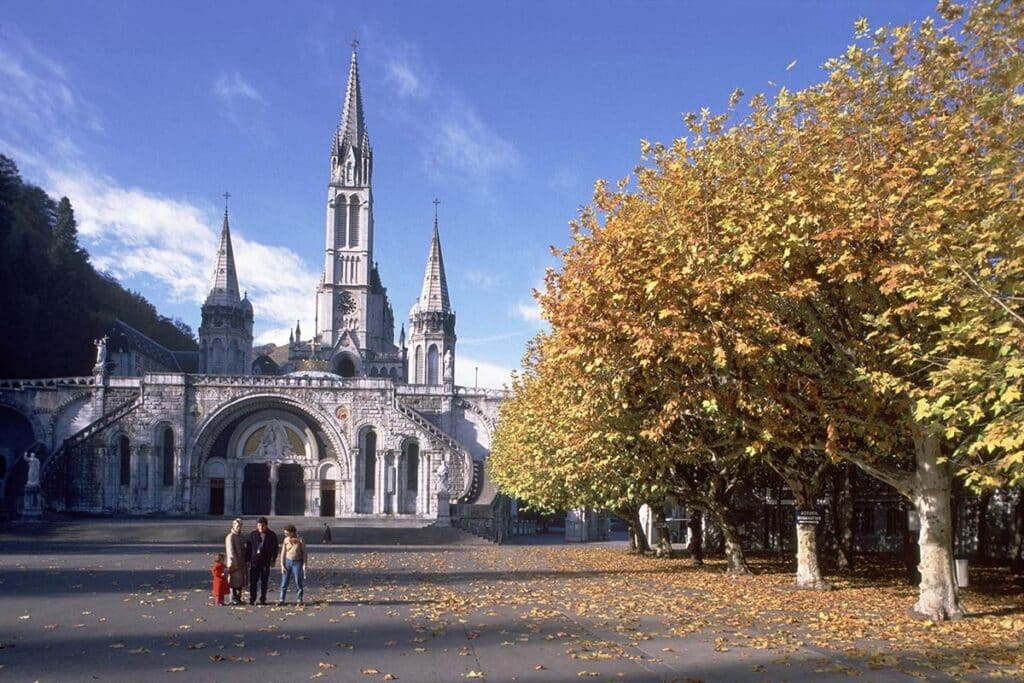
Lourdes is the country’s most important Catholic pilgrimage site. Millions of pilgrims descend on Lourdes every year seeking out spiritual inspiration. Many even bathe in the waters in the hope of a miracle cure.
The main sites the pilgrims visit include the Basilique Notre-Dame du Rosaire and the Grotto. Marian Processions take place in the evening from April to October and sees hundreds of pilgrims holding candles. Even for non-pilgrims, this is an incredible sight to behold.
Toulouse
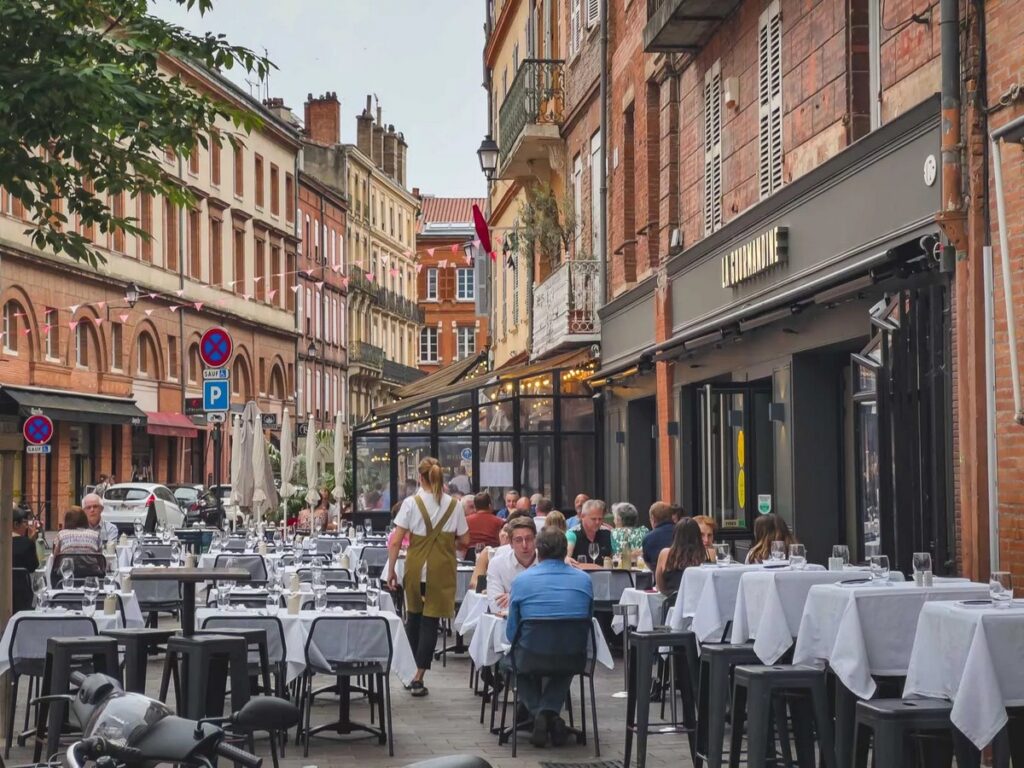
Toulouse is known as “The Pink City” or “La Ville Rose” thanks to its distinctive red-brick architecture that seem to have a special glow during certain times of the day. It’s a wonderful old city brimful of history that had its start in the 13th century.
Despite being a big industrial city, it’s a very welcoming and laid-back city that tourists love to spend time in. Thanks to its Southern location, close to Spain, the weather is balmy and relatively pleasant throughout the year. Enjoy a stroll next to the UNESCO-listed Canal du Midi that runs through the city.
